Encouraging the Use of Native Planting in Commercial Landscaping
Architecture Ideas
APRIL 26, 2022
Native plants bring many benefits to commercial landscaping and yet, in southern and southwestern states of the US, increasing building development has resulted in them struggling to survive. . The plan will also include requirements for the inclusion of native plants in commercial landscaping designs. Source: townnews.com.




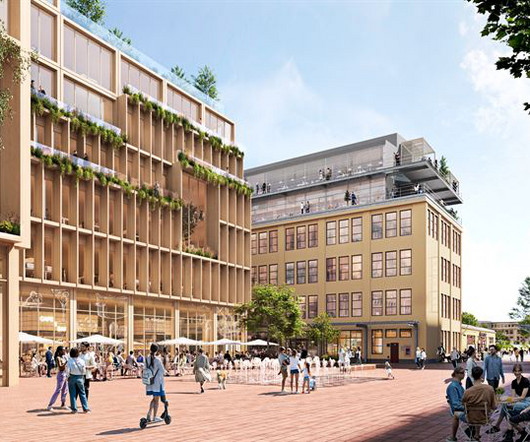
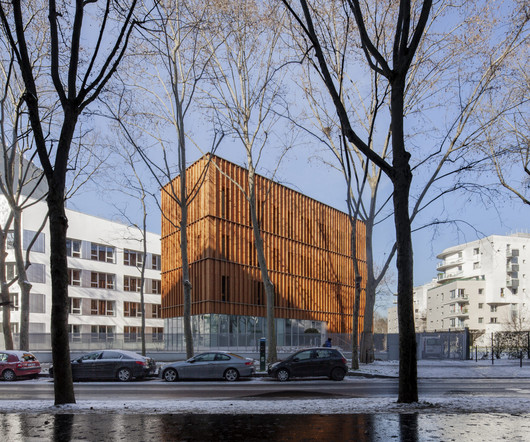


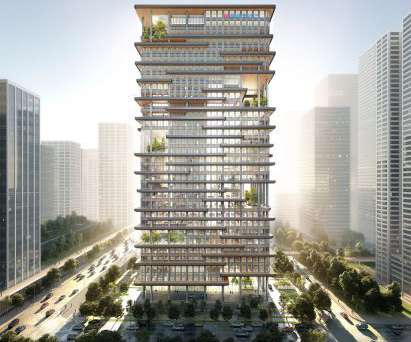





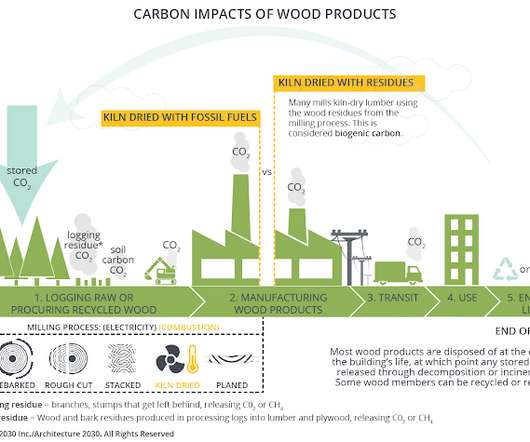
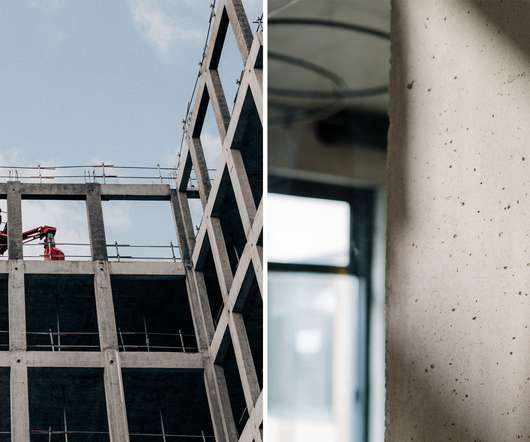


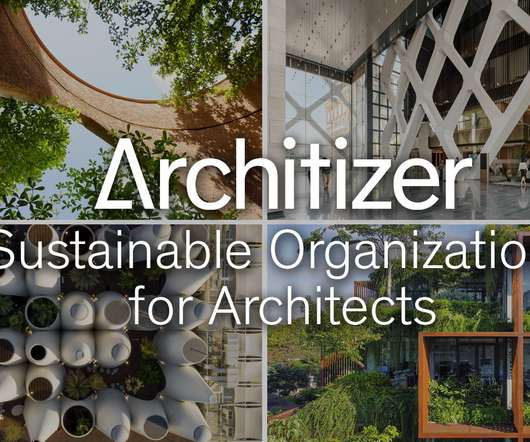
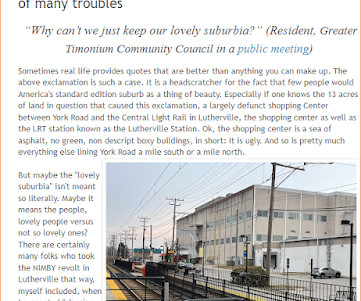






Let's personalize your content